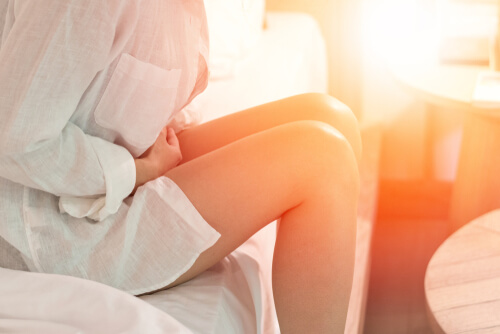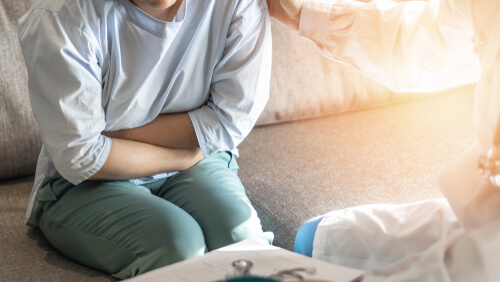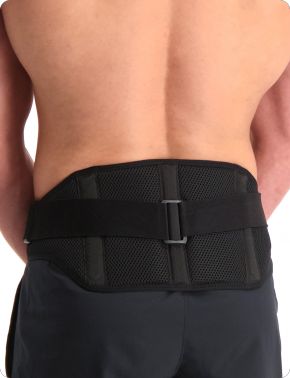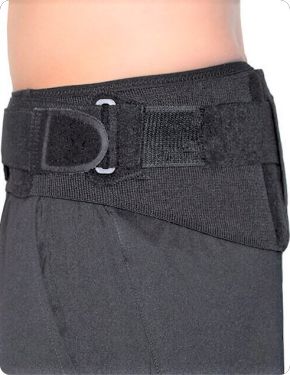Pelvic instability after childbirth
Pregnancy is a beautiful and special period in many women's lives. However, it can also come with challenges. A common complaint is pelvic instability. About 50 percent of women experience it. Pelvic instability can occur during or after pregnancy. In this blog, we will give you more information. Feel free to read on.

What is pelvic instability?
In pelvic instability, the joints and ligaments of the pelvis lack sufficient strength, making them unable to properly support the weight and load of the body. This leads to pain and discomfort in the pelvic region. Moreover, it can also affect other parts of the body, such as the back and legs. Pelvic instability usually occurs during pregnancy, but sometimes it persists or develops after childbirth.
Symptoms of pelvic instability after childbirth
The symptoms of pelvic instability after childbirth can vary from person to person, but possible symptoms include:
- Difficulty urinating
- Difficulty walking, standing, sitting, bending and turning
- Pain around the pelvis (in the pelvic area, lower back, groin or hips)
- Limitations in daily activities, such as sports or household chores
- Numbness or tingling in the pelvic area, but can also occur in the hips, buttocks or legs
- Sexual problems: instability in the pelvis can lead to pain during intercourse or reduced libido

Reducing symptoms of pelvic instability after childbirth
Changes in the body cannot be prevented by pregnancy, unfortunately. However, it is possible to prevent or reduce symptoms after childbirth. For example, you can do exercises to strengthen your pelvic floor. This helps to improve the stability of the pelvic area. In addition, your posture is essential. By adopting good posture, you relieve the pelvis, thus reducing complaints.
Furthermore, it is important to get enough rest. Listen to your body and have a rest when you are tired. Rest can help relieve symptoms and reduce pain. In addition, wearing a pelvic band can provide support. You can wear these while walking, for example. Don't wear these too often, however, as this can cause your muscles to weaken.




_290_392_80_ffffff_all_10.jpg)









